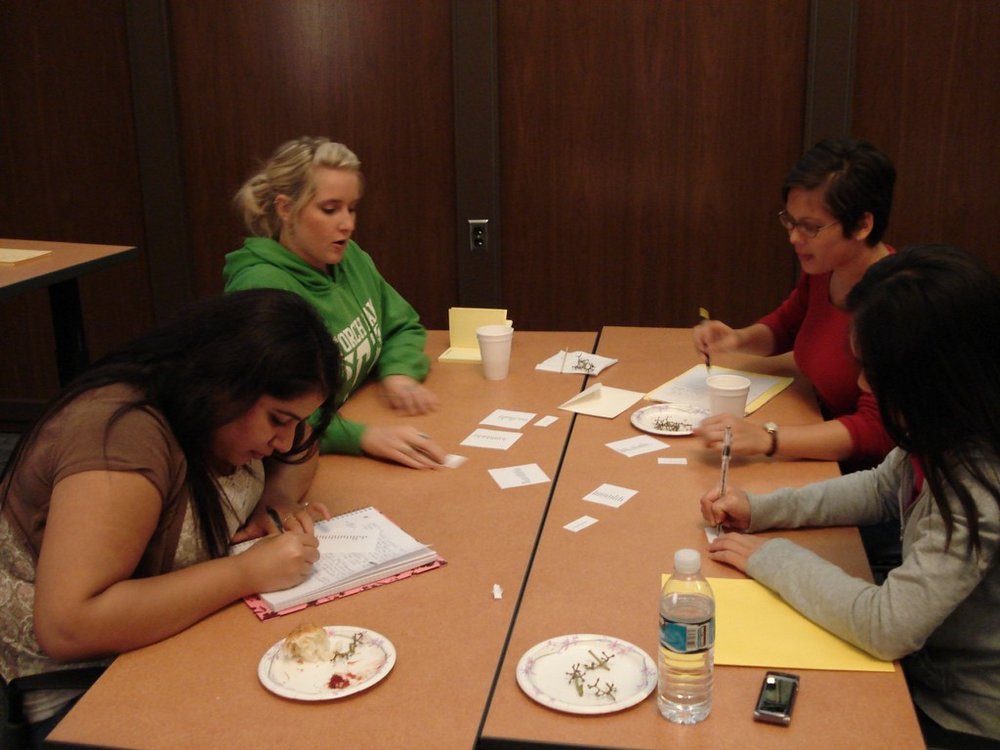The policy goal at the heart of the recent White House summit—college access—has become more complex as it has evolved. While increasing college access remains a key national goal, it must now compete with two other higher-education priorities: completion and affordability. While higher education is now the only reliable way to enter and stay in the middle class, that wasn't always the case. Our national focus on expanding college access dates to a time before anyone thought everyone should go to college. Expanding access became a major policy concern in the 1960s, says Michael S. McPherson, president of the Spencer Foundation and a higher-education economist. "We as a nation were thinking at that time expansively about how we could solve social problems with federal policy," says Mr. McPherson, who is also a former president of Macalester College
When the Higher Education Act of 1965 was signed, its first two goals were access and choice, says Anthony P. Carnevale, director of Georgetown University's Center on Education and the Workforce.
At the time, "whenever you said 'access,' you said 'choice,'" he says. Those terms were paired partly for political reasons, Mr. Carnevale says. Private colleges could get behind a student-aid system that allowed students to carry their money to whichever institution they liked. That was also an era before soaring costs and other concerns dimmed higher education's luster. Back then—really until 15 or 20 years ago—higher education was seen in a much more positive light, says Thomas R. Bailey, director of the Community College Research Center at Columbia University's Teachers College When people thought of college, they thought of the country's elite colleges, the best in the world. So it was only natural, Mr. Bailey says, for the focus to be on "who got access to these wonderful institutions." No one was thinking much about whether those who got access graduated..
Success
When Robert M. Shireman started the Institute for College Access and Success, in 2004, he was deliberate in choosing its name. At the time, he recalls, student success was not yet the hot topic it has become, and he wanted to raise its profile. Questions about success were becoming more pressing on the ground. When the National College Access Network began tracking what happened to students it had helped send to college, it was surprised at how many of them weren't graduating. For the last seven years or so, the group has expanded its focus to include students' time in college, says Kim Cook, its executive director.
Others were paying more attention, too. College had become the main steppingstone to a middle-class life, raising the stakes for a wider spectrum of individuals. The federal commitment to higher education grew tremendously, raising the stakes for society. (Total federal student aid stood at $170-billion in 2012-13, up from $1.7-billion in 1963-64, in 2012 dollars.) Attention began to turn to what happened to students after they arrived on a campus. Once graduation-rate data became available, it became clear that there was "tremendous variation" among colleges, Mr. Bailey says. The Lumina Foundation announced in 2008 its "big goal": to increase the proportion of Americans with high-quality degrees and credentials to 60 percent by 2025. Soon after, President Obama announced a similar goal: for the United States to have world's highest proportion of college graduates by 2020.
Affordability
Conversations about access didn't die off when completion became the big issue, but they did change. The goals of access and success are in tension. If getting students to graduate is the overriding concern, many observers worry colleges will avoid taking a chance by admitting students who might struggle Affordability has long been seen as a barrier to college access. After all, the federal government's approach to improving access centers on offering students grants and loans.
But as college has gotten more expensive, and family incomes have leveled out, paying for college has become a more pressing worry for families who are relatively well off. That has made college affordability an issue that resonates with the middle class, and many of the policies intended to improve it are designed with them in mind. It's certainly possible for the government to care about access, affordability, and completion all at once. But in a world of limited resources, those goals do compete with one another. If nothing else, that should make a White House meeting about college access in 2014 a little more interesting.





